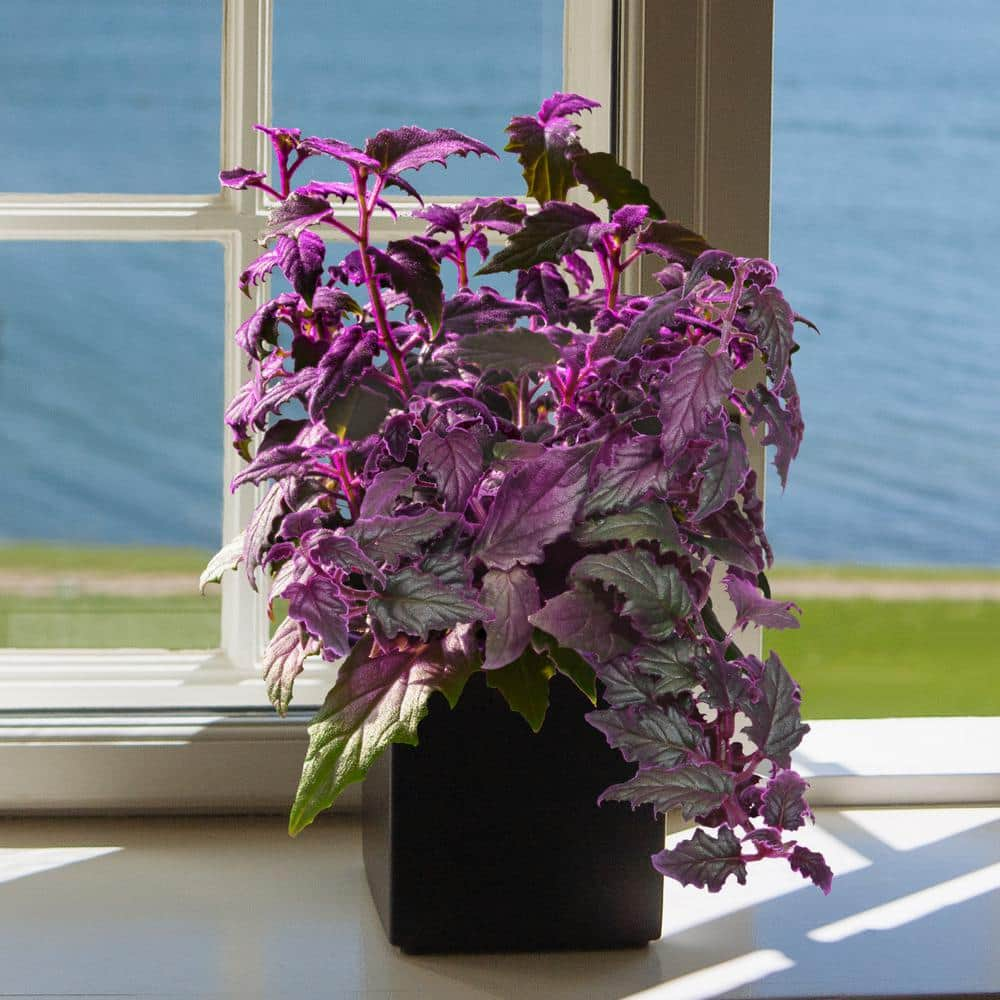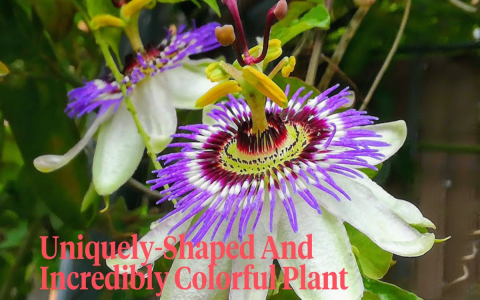Okay, so I’ve always wanted to have one of those cool-looking purple passion plants. You know, the ones with the fuzzy purple leaves? They just look so neat! I finally decided to get one and, well, it’s been a learning experience, to say the least. Let me tell you about it.
First, I went to my local garden store and picked out the prettiest purple passion plant I could find. It was small, but it had a bunch of those vibrant leaves. I brought it home and found a nice, bright spot in my living room, but not directly in the sun. I read somewhere that they don’t like too much direct light. Then I gave it a good watering. I made sure the water drained out of the bottom of the pot. I don’t want it sitting in water, right?

For the first few weeks, things were great. It was growing, and I was feeling pretty good about my plant-parenting skills. I watered it whenever the soil felt dry to the touch, about an inch down. I even started misting it a few times a week because I read that they like humidity. It is simple, right? I thought I had this whole plant thing figured out.
But then, disaster! Some of the leaves started turning brown and crispy. What was happening? I panicked a little. I started checking it every day, trying to figure out what I was doing wrong. I think I might have been overwatering it, even though I thought I was being careful. So I cut back on the watering, only doing it when the soil felt really dry.
I also realized that the spot I’d put it in might have been a little too drafty. So I moved it to a different spot, still bright but with less air movement. I also started fertilizing it every few weeks with a regular houseplant fertilizer. Just a little bit, though. I didn’t want to overdo it.
My care routine
Here’s what my routine ended up looking like:
- Watering: Only when the top inch or so of soil is dry. Really dry.
- Light: Bright, indirect light. No harsh, direct sun.
- Humidity: Mist it every now and then, or put a tray of water near it.
- Fertilizing: A little bit of fertilizer every few weeks during the growing season.
- Pruning: I pinched off any dead or dying leaves to keep it looking tidy.
Slowly but surely, my purple passion plant started to recover. New leaves started growing, and the crispy ones stopped showing up. It took a while, but I think I finally got the hang of it. I learned that these plants are a little bit dramatic and you really have to pay attention to what they need. Now it’s thriving, and I’m so happy I didn’t give up on it!
It’s definitely been a journey, but now I have a beautiful, fuzzy purple plant that I’m super proud of. And hey, if I can do it, you can too! Just be prepared to give it a little extra TLC.




















